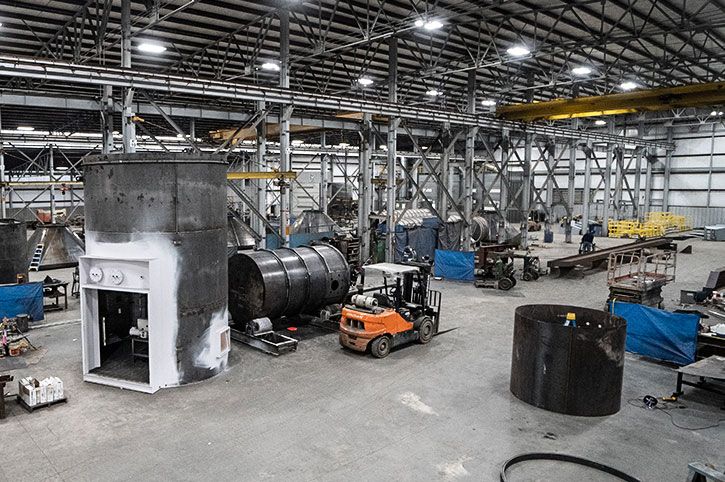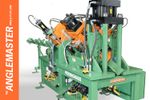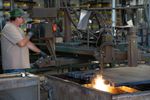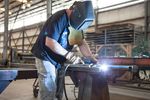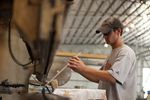Proactive metal fabricators are continuously searching for ways to improve their production processes. Enter Manufacturing Resource Planning systems (MRPs), a solution to planning and control for inventory, production, and scheduling.
MRP breaks down the entire production process into detail, from designing to finishing, and helps businesses predict their need for raw materials and finished products. There are three basic steps of MRP: determining the quantity requirements, running the MRP calculations, and completing the orders.
MRPs are used in “push” systems of production, where manufacturers try to forecast demand and create products before customers actually purchase them. Push systems can significantly speed up the production process, but keeping the correct levels of raw materials and finished products is key to success. MRPs assist with this by helping manufacturers plan for demand, then extrapolating from those forecasts to create a detailed production schedule.
Advantages of Fabrication MRP
MRP does involve an upfront investment of time, money, and effort, but it’s worth it in the end. In fact, we recently implemented MRP at Southern Metal Fabricators. Here are the benefits that we’ve realized so far:
Ensures proper inventory levels: There’s a sweet spot when it comes to inventory—just enough to satisfy customer demand, but not so much that you’ve spent a lot on raw materials long before you can recoup the costs. MRP notifies us if there’s an impending shortage so we can order more materials before it becomes a problem.
Decreases manufacturing costs: By monitoring inventory levels and reducing component shortages, fabrication MRP helps us decrease overall manufacturing cost, and therefore the cost to purchase for the customer.
Reduces manufacturing time: In our experience, the majority of delays come from manual material inventory errors and omissions. By proactively rectifying these shortages, MRP helps speed up both the purchasing process and the manufacturing time to further reduce cost, whether we’re making a custom storage bin or a set of industrial stairs.
Improves productivity: All of these factors make the process more efficient, which means our business can manufacture more products in less time. Plus, employees don’t have to manually manage inventory, which frees up time for other value-added tasks.
Best Practices for Fabrication MRP
Fabrication MRP has some special considerations. If you’re thinking about implementing MRP, or working with a fabrication company that already uses it, here’s what you need to know about making the most of the system:
Invest upfront: We found that it took us about three months to fully implement and adjust to using our new fabrication MRP system. If you’re doing the implementing, expect a ramp-up period and trust that the learning curve will eventually pay off. We recommend keeping your old inventory system in place as a backup until you’ve got the kinks worked out and your team fully trusts the new MRP. In the long run, you’ll get a big ROI on your investment and significantly reduce the time needed to inventory and plan.
Encourage accountability: The MRP system is only as good as its input, so you need to regularly input the correct data to get accurate forecasts. Clearly explain to employees how it will benefit them in the long term to encourage consistent use of the system. Set up a system of accountability to help build the habit early on and increase buy-in from employees.
Think ahead on reporting: Speaking of data, your inputs should be guided by what you want the final reports to look like. Think about what forecasts and analysis you need to get from the fabrication MRP, and use that to inform what data you put into the system.
While MRP does benefit the fabricator directly, the advantages are ultimately passed onto the customer by identifying problem-prone areas and preventing unnecessary delays, streamlining the purchasing process, and increasing project efficiency through data analysis.
Even if you don’t implement an MRP system yourself, you can greatly benefit from working with a fabricator who does.
If you want to know more about how working with a full-service metal fabrication partner with an MRP system can benefit your company, contact us today.
